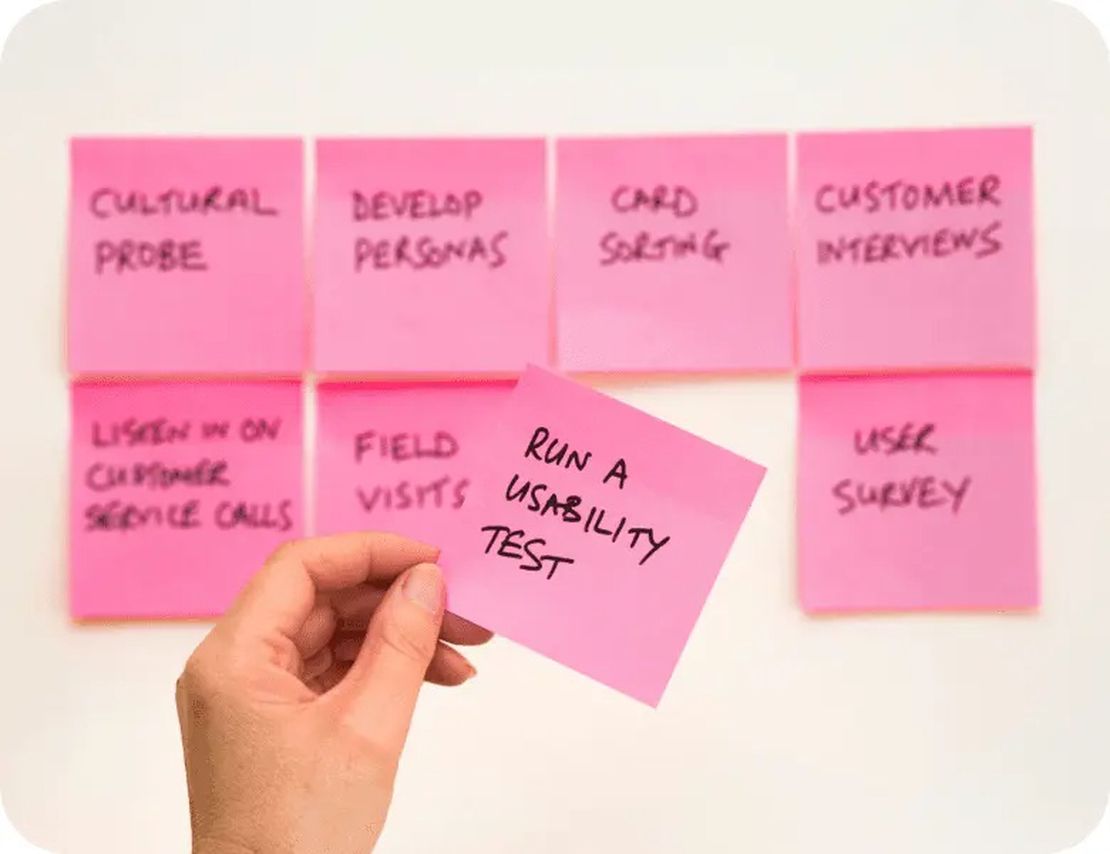Many enterprises have invested significantly in Jenkins-based CI/CD infrastructure over the years. While Jenkins has served these organizations well, the rise of cloud-native CI/CD platforms offers compelling advantages in scalability, maintenance, and developer experience. This article explores strategies for enterprises considering a migration from Jenkins to modern CI/CD solutions.
Why Consider Migrating from Jenkins?
While Jenkins remains a powerful CI/CD tool, organizations often encounter specific challenges as they scale:
- Growing maintenance overhead for Jenkins controllers
- Plugin compatibility and security challenges
- Limited native cloud integration
- Complex scaling requirements
- Developer experience limitations
Modern CI/CD platforms address these challenges with cloud-native architectures, simplified maintenance, and enhanced user experiences.
Assessing Your Migration Readiness
Before embarking on any migration, organizations should conduct a thorough assessment:
1. Current State Analysis
- Inventory all Jenkins jobs, pipelines, and configurations
- Document dependencies and integrations
- Identify custom plugins and scripts
- Measure current performance and reliability
2. Requirements Gathering
- Define must-have features for your CI/CD platform
- Identify compliance and security requirements
- Document integration needs
- Establish performance expectations
3. ROI Calculation
- Quantify current Jenkins maintenance costs
- Calculate the cost of migration
- Project ongoing operational costs
- Estimate productivity improvements
Migration Approaches
Based on our experience at Continuity CI, several migration patterns have proven successful:
1. Phased Migration
- Start with new projects on the new platform
- Gradually migrate existing projects based on priority
- Maintain Jenkins for legacy applications
- Benefit: Lowest risk, but extends the migration timeline
2. Team-by-Team Migration
- Transition entire teams at once
- Allows for focused training and support
- Maintain parallel systems during transition
- Benefit: Clear organizational boundaries, focused change management
3. Platform Replacement
- Full replacement of Jenkins with a new platform
- Requires significant upfront planning
- Typically involves a “flag day” cutover
- Benefit: Fastest completion, but highest risk
Technical Migration Considerations
Several technical aspects require careful planning:
1. Pipeline Definition Translation
- Converting Jenkinsfiles to new platform syntax
- Recreating shared libraries and common functions
- Implementing equivalent security controls
2. Integration Migration
- Reestablishing SCM integrations
- Configuring artifact management connections
- Setting up notification systems
3. Agent/Runner Configuration
- Designing equivalent build environments
- Configuring auto-scaling and resource management
- Implementing caching strategies
Case Study: Financial Services Migration
At Continuity CI, we recently guided a financial services client through a migration from a large Jenkins environment to a modern cloud-native CI/CD platform. By employing a team-by-team approach with comprehensive training and support, they successfully migrated 2,000+ pipelines over 12 months while achieving a 35% reduction in pipeline execution time and a 60% decrease in maintenance overhead.
Migrating from Jenkins to a modern CI/CD platform is a significant undertaking that requires careful planning, technical expertise, and change management. However, the benefits—improved developer experience, reduced maintenance, and enhanced scalability—make it a worthwhile investment for many enterprises. Contact our team to discuss your specific migration challenges and how we can help ensure a successful transition.





